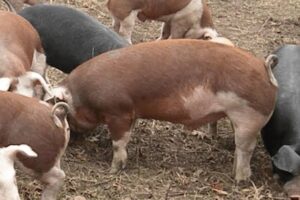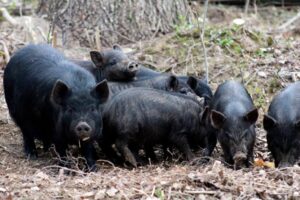Black rat snakes are very common in the American Central and East American United States. These snakes can be seen living in various habitats from rocky hills to flat farms and are able to survive at wide altitudes.
Black rat snake is on display at the Maryland Wilderness tree at the Maryland Zoo in Baltimore.
Blog: Walter dog
Specific Information of Black rat snake
During the winter months of the year, black rat snakes are silent in certain places. During this time a different metabolic process takes place and the animal is seen sleeping mostly. However, sometimes able to activities such as waking up to drink water and stay more active in warm months. In spring and autumn they feel comfortable walking around. At this time the snake keeps itself in the sun during the day, in summer they are more active at night. With the onset of winter, black rat snakes tend to gather in large numbers with their own and other species of members to share the winter densely.
Black rats are non-venomous snakes that mainly eat rats, frogs, lizards, birds and eggs. They are great tree climbers and spend most of their time in the trees. These snakes take shelter in stone quarries and stone walls. They can be found in the vicinity of barns, abandoned buildings and garbage dumps, probably for hunting rats. They are known to climb into the cracks of buildings.
Black rat snakes avoid humans. Naturally they are not aggressive. Usually those who are not aware of their size and temperament, tend to be afraid to see them at first sight. This snake is not particularly wide, but can grow up to nine feet long in adults. It is considered one of the longest snakes in North America.
If for some reason they are scared, a black rat snake will freeze. With repeatedly harassed, it will create a foul-smelling musk that serves to deter predators. If further provoked, it may be coiled. Just before attacking someone, they can shake the tail and jump towards the attacker.







1 Comment
Comments are closed.